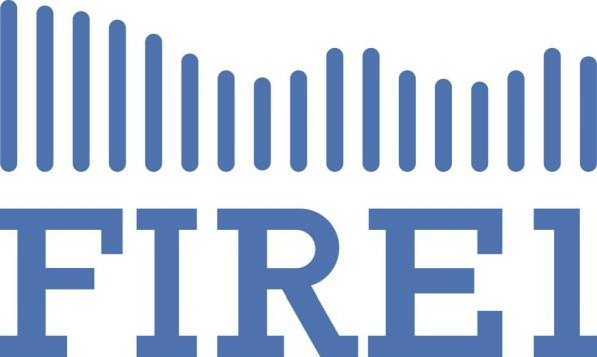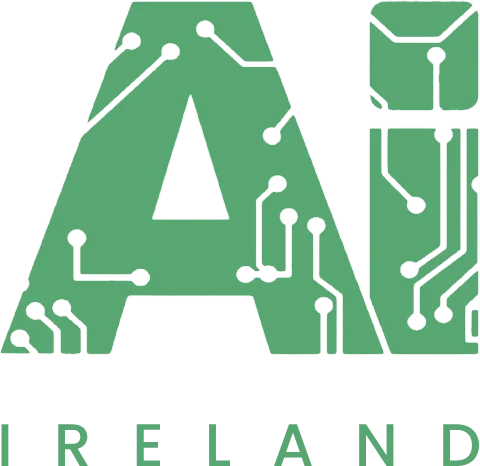Foundry Innovation and Research Ltd.

Nominated Award: Best Application of AI in a Startup and Intelligent Automation – Best Use of RPA & Cognitive
Website of Company: https://fire1foundry.com
FIRE1 focuses on developing novel remote monitoring device s. FIRE1 aims to improve patient quality of life, and patient outcomes, while lowering overall healthcare costs. The vast amount of imaging data and sensor data has pushed us to explore routes that increase productivity and decrease the need for manual input by operators. That is how FIRE1 has start ed to apply AI in our day to day operations. As a team we are all excited to explore the powers and limitations of state of the art data science metho ds. FIRE1 developed an implantable battery-less device that replaces need f or ultrasound image acquisition of the Inferior Vena Cava (IVC) by skilled medical operators. With this ground-breaking technology we can scale data acquisition to assess fluid status to monitor heart failure patients daily in their homes. Daily and reliable fluid status sensing will better guide and individualise their treatment plans. Data acquired using the FIRE1 sensor and platform will ultimately increase patient’s quality of life and their life expectancy.
Congestive heart failure (CHF) causes gradual fluid accumulation in the patient’s vasculature ultimately lea ding to extravascular and lung fluid accumulation with severe and symptomatic consequences for patients (Figure 1). Further CHF is the dominant contributor to health care cost in the US (Figure 2). The status quo for heart failure monitoring using daily weight measurement is insufficient to keep patients out of hospital (Figure 3, left). Although weight shifts of 1kg in two days can be indicative of a 1litre intravascular fluid accumulation, such minor weight shifts can be attributed to many other causes of weight accumulation, too. Algorithms based on rule of thumbs difference using weight have shown poor sensitivity with performance close to random chance [Gyllenst en et al., 2016]. Common wearable sensors recording Electrocardiogram (ECG), activity, and heart sound features are generally just confirmatory of congestive heart failure symptoms (Figure 4), yet to treat and maintain patients within normal range before symptoms occur new strategies are required.
FIRE1 enables measuring of the Inferior Vena Cava (IVC) dimension as a proxy for fluid accumulation. The IVC is a highly compliant vessel changing diameter from ~5mm up to ~28mm being unfilled and filled, respectively. The IVC is routinely assessed non-invasively using external ultrasound. A highly skilled medical operator captures the imaging data and marks the relevant dimensions for further assessment of hypo- and hypervolemia. The new paradigm proposed by FIRE1 (Figure 3, right) provides the patient with a highly accurate daily estimate of fluid status. This in turn is enabling the patient to be guided by the physician in their effort to adjust their heart failure treatment daily. Overall providing a more individualised approached to patent management.
Since studies using implantable devices are time and expense consuming we have demonstrated the significant change of the IVC using state-of-the-art imaging technology, i.e. intravascular ultrasound of the IVC. This is where the nominated machine vision concept developed for this year’s AI awards sits within our operations.
Reason for Nomination:
FIRE1 has developed a novel implantable sensor solution for remote monitoring of congestive heart failure patients in their home. To enhance the sensor capabilities FIRE1 continues to train new predictive models adding diagnostic functionality to our innovative solution on an ongoing basis. As such FIRE1 relies on large amount of annotated imaging data from external ultrasound.
The AnnotateIVC project presented as part of this application describes a machine learning approach that drastically accelerates the annotation process (by a factor >60) while maintaining the highest possible level of accuracy.
To date clinically only two values are derived from any timeseries of ultrasound images captured (~15s, 60 frames per second) for the modulating Inferior Vena Cava (IVC), that is maximum and minimum diameter by manual marking of the IVC by a skilled operator (Figure 6, left: status quo). Naturally there is much more physiological information contained in the fast and slow changing properties of the IVC geometry. For instance respiration and heart rate as well as geometric modulations with respiration and heart activity, information about the total blood volume, and filling pressures, but also direct correlates with cardiac function and related pathologies such as atrial fibrillation and other vascular conditions exist. Hence, deriving the full amount of temporal information is vital, yet to date impractical as ultrasound devices are incapable or providing this in information in real time and in the patient’s home.
We show that the features derived from IVC trace data enable resolution of respiration and heart related features – and when monitored in the home this promises to benefit congestive heart failure patients in their effort to decide diuretic dose changes with minor remote oversight by the clinician – ultimately alleviating the administrative burden for the physician.
Additional Information:
AnnotateIVC augments, improves, and automates human decision-making for better business and customer outcomes. Normally a FIRE1 operator has to localise the IVC in every image and then decide where to mark the edge in every single image – an intense, mentally fatiguing and time consuming process. With nearly 1000 images per observation and between 20 to 100 observations per patient this amounts to > 20,000 images. Per patient it would take approximately 20s x 20,000images = 400,000s (111h or 15 full operator days) to mark one patient alone manually.
Now one patient dataset can be completely annotated in less than 2hours. This has enabled us to process a vast number of images from studies with this emerging technology globally (N>100 patients to date) a rather compact Data Analytics team in house (1 operator, 1 data analyst, 1 data scientist and 1 data science manager). The insights from those studies have guided product development to date and continue to be a corner pillar of the on-going innovation in FIRE1.
This tool was developed by Teresa Buxo (M.Sc.), Daragh Maguire (M.Sc.), Frie drich Wetterling (PhD), and is and was used by Robert Gaul (PhD), James Tucker (M.Sc), Craig Mitchel (B.Sc.), Daire Corley-Carmody (M.E.), and the data science team at FIRE1 to accelerate image processing and insight creation for our on-going medical device development.
